Arrow wounds were a common occurrence on the Viking battlefield, and the pain and suffering they caused were undoubtedly significant.
The Vikings were skilled warriors who used a variety of weapons in battle, including bows and arrows.
The arrows were designed to penetrate armor and inflict maximum damage, making them a formidable weapon on the battlefield.
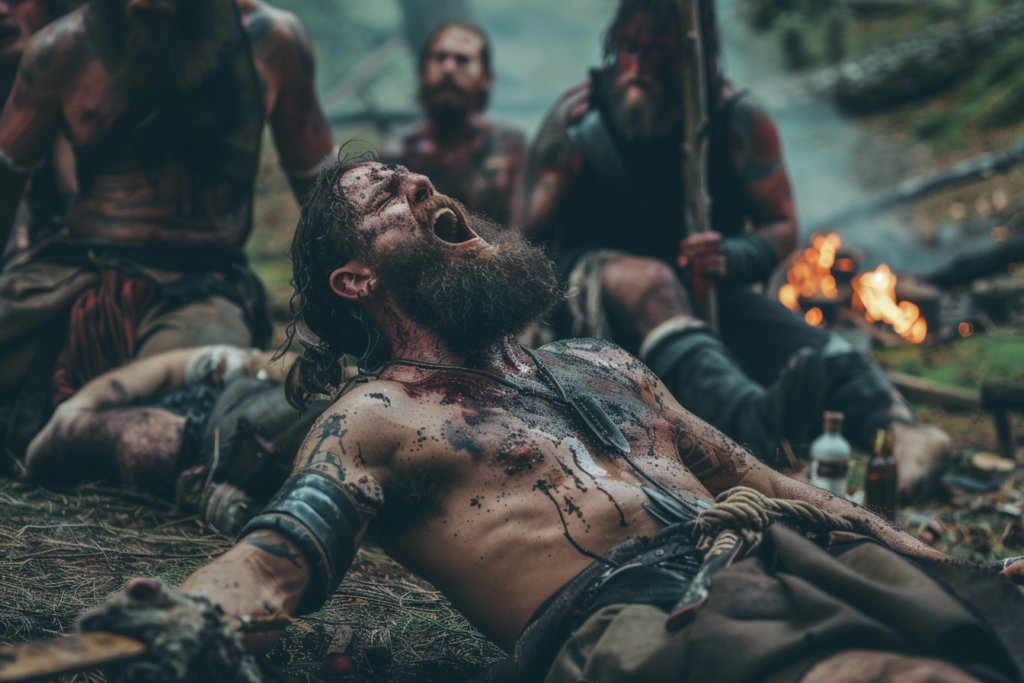
Ancient medicine played a significant role in treating battlefield injuries, including arrow wounds.
The Vikings had access to a range of medicinal herbs and plants, which they used to treat injuries and alleviate pain.
They also used a variety of techniques to clean wounds and prevent infection, which was a common cause of death on the battlefield.
Despite these efforts, however, many arrow wounds were likely to be fatal, and the pain and suffering they caused would have been immense.
Anatomy of Viking Arrow Injuries
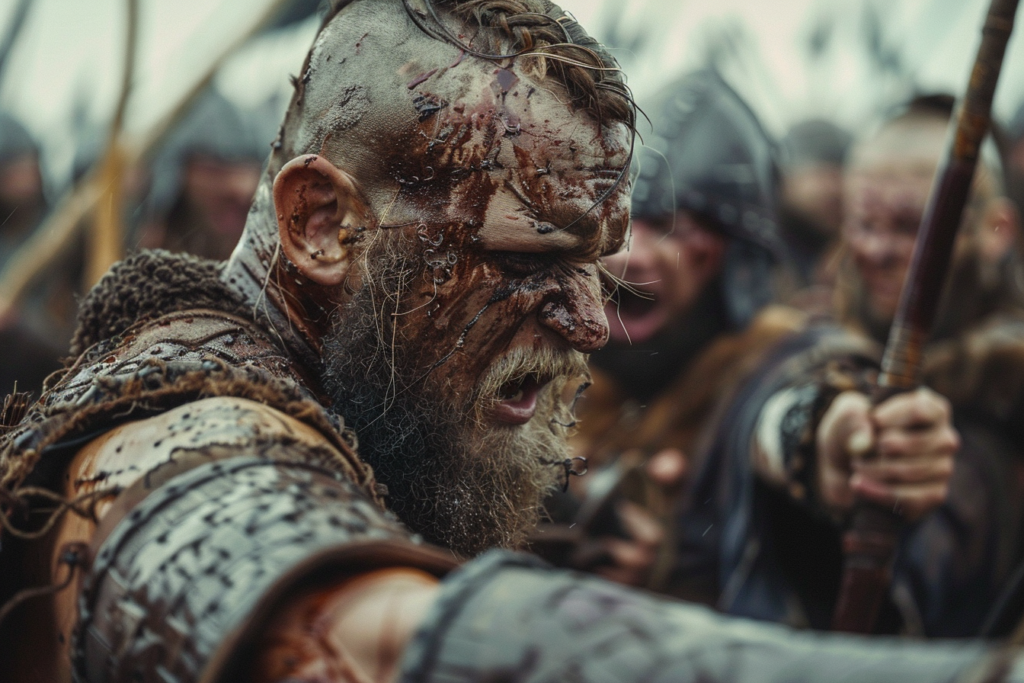
Trauma and Wound Dynamics
Viking arrow wounds were a common sight on the battlefield.
The force of an arrow was enough to penetrate the skin, muscle, and bone, causing significant trauma and damage to the body.
The arrowhead itself could cause further damage by breaking off and leaving bone fragments in the wound.
The severity of the injury depended on the location of the wound and the type of arrow used.
The wound dynamics of a Viking arrow injury were complex.
The arrowhead could cause a wide range of injuries, from a simple puncture wound to a more severe laceration.
The force of the arrow could also cause damage to surrounding tissue and organs, leading to internal bleeding and other complications.
Common Arrow Wound Locations
Arrow wounds were most commonly found in the arms, legs, and torso.
The arms and legs were particularly vulnerable due to their exposed nature on the battlefield.
The torso was also a common location for arrow wounds, as it was often the target of enemy archers.
Injuries to the arms and legs could be particularly debilitating, as they could limit a warrior’s ability to fight or even move.
Injuries to the torso were often fatal, as they could cause significant damage to vital organs.
Ancient Battlefield Medicine

Medical Practices of the Vikings
The Vikings were known to have a deep understanding of herbal remedies and traditional medicine.
They had skilled medics who were trained to treat injuries and illnesses on the battlefield.
They used a variety of natural remedies to treat wounds and infections, including honey, moss, and herbs.
They also used bloodletting and cupping to remove toxins from the body and promote healing.
Viking surgeons used a variety of techniques to treat wounds and injuries, including amputations, ligature, and debridement.
They were skilled in setting broken bones and performing basic surgical procedures.
They also used tourniquets to stop bleeding and prevent further damage to the body.
Evolution of Military Medicine
The evolution of military medicine can be traced back to ancient times.
During the Napoleonic Wars and the American Civil War, medical care was often primitive and inadequate.
It wasn’t until the Crimean War that medical care began to improve, thanks to the efforts of Jonathan Letterman and Ambroise Paré.
During the Revolutionary War, John Jones introduced the concept of triage, which helped to prioritize medical care for wounded soldiers.
In the 19th century, Dominique Jean Larrey developed the flying ambulance, which allowed injured soldiers to be transported to medical centers quickly.
In modern times, battlefield medicine has advanced significantly, with the development of new surgical techniques, antibiotics, and antiseptic practices.
Today, combat casualty care focuses on rapid medical evacuation, wound management, and infection control.
Cultural and Archaeological Insights
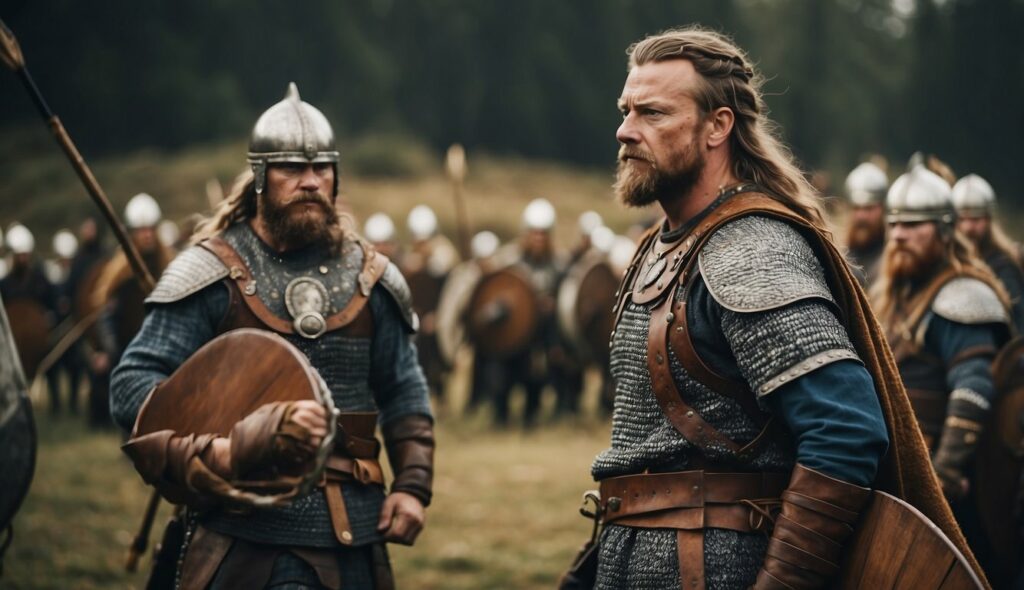
Viking Warfare and Weaponry
Viking warfare was a brutal affair that often resulted in severe battlefield injuries.
The Vikings were skilled warriors who used a variety of weapons, including swords, axes, and shields.
They were known for their ferocity and their willingness to engage in hand-to-hand combat.
Archaeological finds have revealed much about Viking weapons technology.
For example, it is now known that Viking swords were made using a technique called pattern welding, which involved forging together multiple layers of iron and steel to create a blade that was both strong and flexible.
Archaeological Discoveries and Analysis
Archaeologists have uncovered evidence of Viking battlefield injuries that provide insight into the reality of Viking warfare.
One of the most common injuries suffered by Viking warriors was lower extremity trauma. This often resulted in gangrene and amputation.
In addition to examining the physical remains of Viking warriors, archaeologists have also studied the prosthetic devices that were used to treat battlefield injuries.
For example, a recent discovery in Denmark revealed a Viking-era prosthetic leg that was made from a wooden peg and leather straps.
Overall, the archaeological record provides a fascinating glimpse into the world of Viking warfare and the medical practices that were used to treat battlefield injuries.
While the reality of Viking warfare was undoubtedly painful and brutal, the discoveries made by archaeologists and military medicine experts have shed new light on this fascinating period of history.

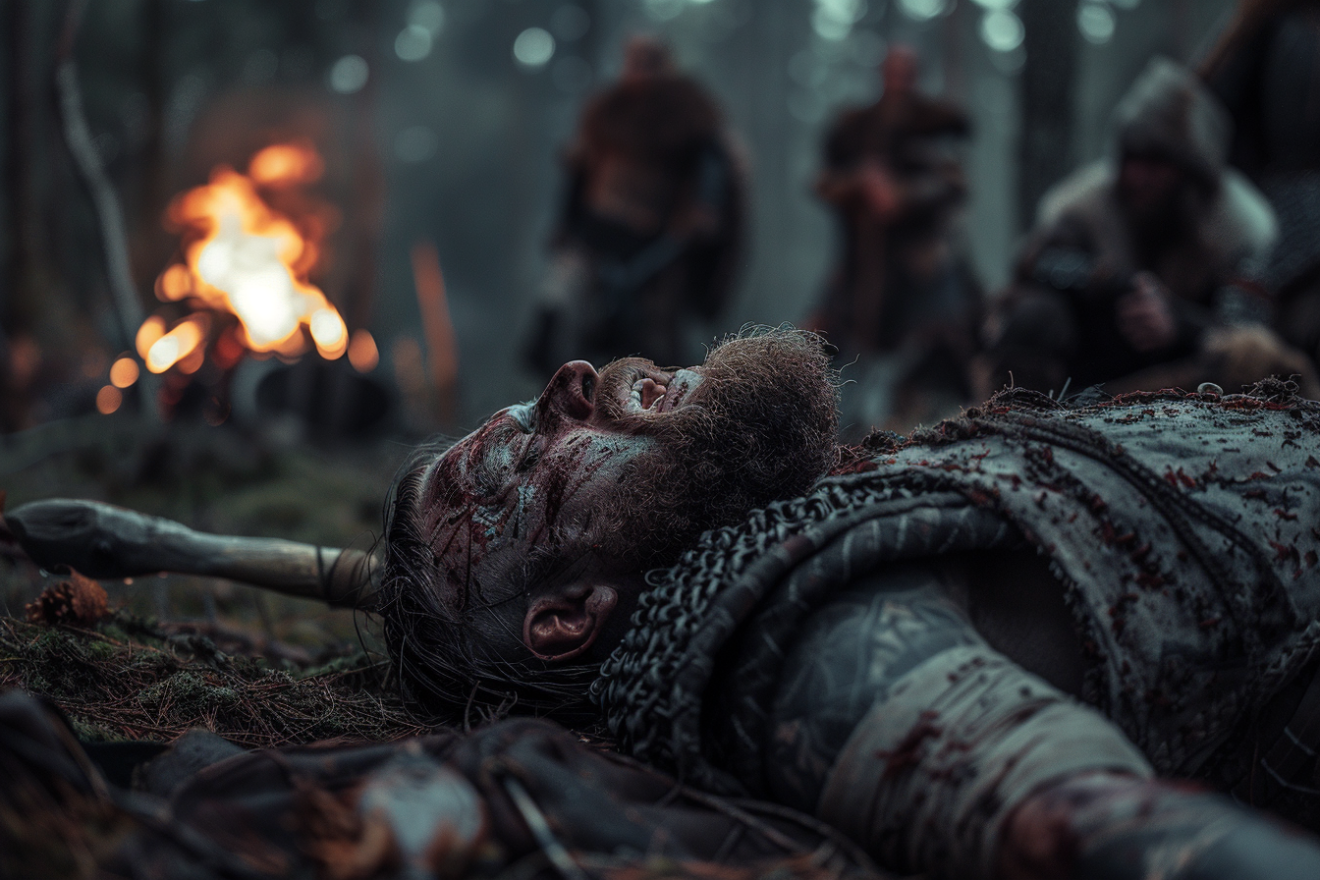

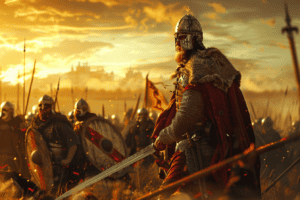






Add Comment